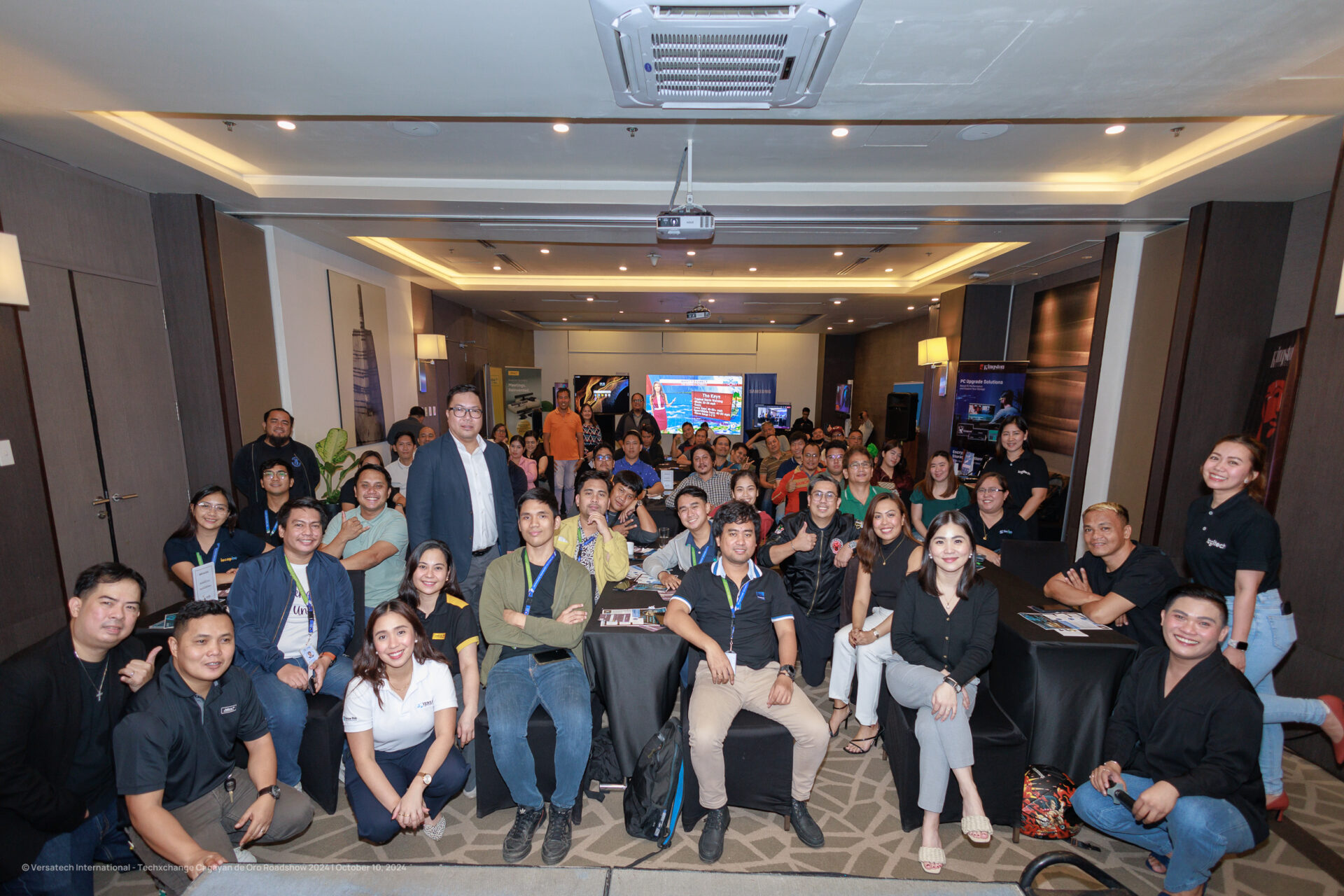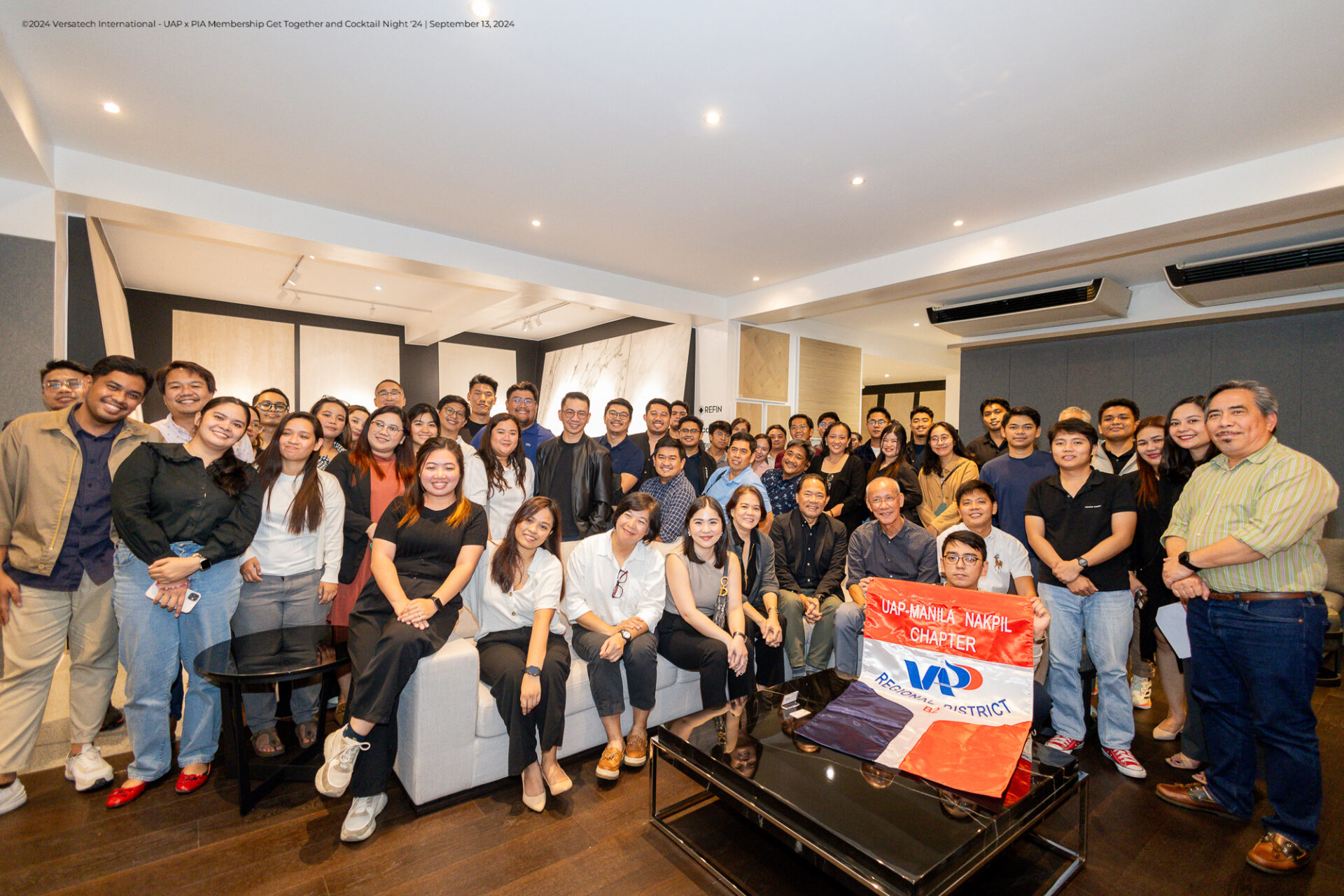IT is one of the fastest growing aspects of organization, with digital transformation, new as-a-service industries (Platform, Software, Service), cloud services, and new types of enterprise software boosting growth. Today. The organizations spend some $3.8 trillion a year on IT, with growth set at 3.7% per year. According to Gartner, small-to-medium businesses (SMBs) spend 40% of that.
Trimming IT budget is one of the largest concerns for many, because IT is expensive. At the same time, 90% of IT budgets are designed to help organizations grow, adapt, and compete. IT spending is necessary, often provides a return on value, and can help your business grow.
At the same time, it’s important to understand where your business stands, how to optimize spending for the best return on value, and to make the most of what you are spending. These 2020 IT budget trends capture what the market is doing, alongside some helpful tips for SMBC decision-makers who want to optimize costs or performance inside their own organization.
Digital Transformation
Digital transformation is on everyone’s lips, with an estimated 33% of organizations starting or already in a digital transformation initiative in 2020. That’s up significantly from 2019’s 17%, and for good reason. Firms like Deloitte report that digitized businesses experience higher earnings, a stronger ability to compete, and more ability to navigate the needs of modern customers. In fact, the Flexera 2020 State of IT Spending shows that digitization and digital transformation is the top priority for 54% of organizations, based on a survey of over 300 enterprise executives.
Digital transformations include a range of IT initiatives including digitizing customer processes, digitizing interfaces, digitizing processes ranging from payroll and invoicing to documentation, and much more. But, it’s crucial to move carefully.
Many organizations can’t afford to digitize everything at once and often don’t want to. Instead, they end up with a hybrid system of legacy systems and new technologies, creating complex IT challenges that often add to costs.
Others digitize for the sake of digitization, without fully understanding costs, changes to business structure and processes, or business impact. Organizations looking to digitize should begin with a needs analysis to determine how and where digitization would have the most impact, a cost analysis to budget how and where digitization could take place in an order that would best benefit the organization while minimizing stress on support staff, and a change management program to ease employee fears, introduce training for new technology, and ensure the transition is seamless.
Cyber Security
Cyber security is still among the top 3 trends for IT in 2020, but it’s decreased from last year. In fact, Keeper Security shows that 60% of SMBs don’t have a real cyber-security budget in place at all, despite 67% of small businesses being hit with cyber related attacks in 2018. In larger organizations, data security is one of the highest budgeted items, with organizations paying strict attention to data security, private data loss (e.g., for GDPR compliance), and preventing corporate espionage.
What’s key for digital security? Performing a risk analysis to determine unique organizational risks, mitigating those as effectively as possible, and moving forward with security in mind is normally the best possible step. It’s not about how much you spend, but rather what you do with it. For example, many organizations benefit from standards such as user access management, automated monitoring, automated triggers, automated access management/denial, centralized control, print security, and other similar applications.
What’s your best option? Don’t view security as a separate layer for your technology. Choose solutions and services that integrate security into cloud services, managed print services, etc., so that security is provided as a core service from an organization specializing in doing so.
Shadow IT
Shadow IT involves the trend of utilizing IT-As-A-Service solutions, often without the knowledge or express approval of internal IT teams. Instead, decisions are made without IT, who then have to work with new tools and solutions. Today, small businesses spend an estimated $1 trillion on external IT services, many of which include PaaS (Platform-as-a-Service) and IaaS (Infrastructure-As-a-Service) solutions such as Azure.
These solutions are natural, as it becomes more and more cost-effective and relevant to move to external IT services. This trend is pushed by lines of business (such as finance or marketing) which need specific services, automation, and cloud servers. Rather than approach internal IT, they research an external service, purchase it, and implement it, sometimes without IT even knowing about it. This trend is so prevalent that IDC estimates it will account for half of all IT spending by 2021.
While it’s true that internal IT teams are becoming less relevant as traditional IT services become cheaper and more efficient to source externally, it’s crucial to keep IT in the loop. Doing so means that business lines in need of solutions can adopt existing ones from other departments, create cross-functional cooperation with other teams, and make more-efficient usage of solutions.
Part of digitization is avoiding silos, and that means open communication and consultation across the organization. For example, if finance intends to implement a new cloud print server capable of digitizing invoices and payroll, it would be hugely beneficial to the organization to clue everyone else in. HR could likely integrate into the same software, saving thousands in print costs and man-hours, sales could integrate to create a seamless experience for customers, and IT could scale down existing print networks and hardware to reduce internal costs.
Automation
Automation and Machine Intelligence are something of the 3D printing of 2020. Everyone wants it, even if they don’t understand it. Organizations are implementing automation into nearly every aspect of IT, and often with great effect. However, it’s crucial to proceed with caution. Automating a bad or outdated process doesn’t make the process better, it just makes it faster. 17% of organizations in the Flexera report listed automation as a top priority, above digitization and security.
At the same time, most automation programs should be integrated into tooling and new processes, rather than tacked on top. Why? Automation trends relate to application performance management, network management, data analysis, monitoring, audit processes, quality assurance, data integration, and manual operations tasks in infrastructure managed services.
These automations result in automated invoices and requests, automated access approval, automated bank transfers, etc., but are largely handled through programs and interfaces. It makes sense for tooling to incorporate the automation needed, so that it’s both part of work and part of routine checkups.
Here, ensuring automation remains part of tooling also helps individuals stay connected to their data, so teams continue to manually monitor and understand what’s going on. Integrating automation into tooling is becoming easier as most service providers incorporate tooling for management, monitoring, and automation. If you want automation, make sure your prospective service providers offer it.
IT spending is on the rise, and often, it should be. Spending more on IT improvements can help your organization in other ways. However, it’s crucial to review costs, perform a risk/benefit analysis, and validate any changes you do make. Implementing change management, introducing change across every department, and doing so in a way that makes sense for the business is also important. It’s also important to look outside of trends to focus on real business needs and weaknesses, so that changes have as much positive business impact as possible. No matter where your IT is headed in 2020, the goal should be to achieve business goals, reduce costs, and improve performance.






